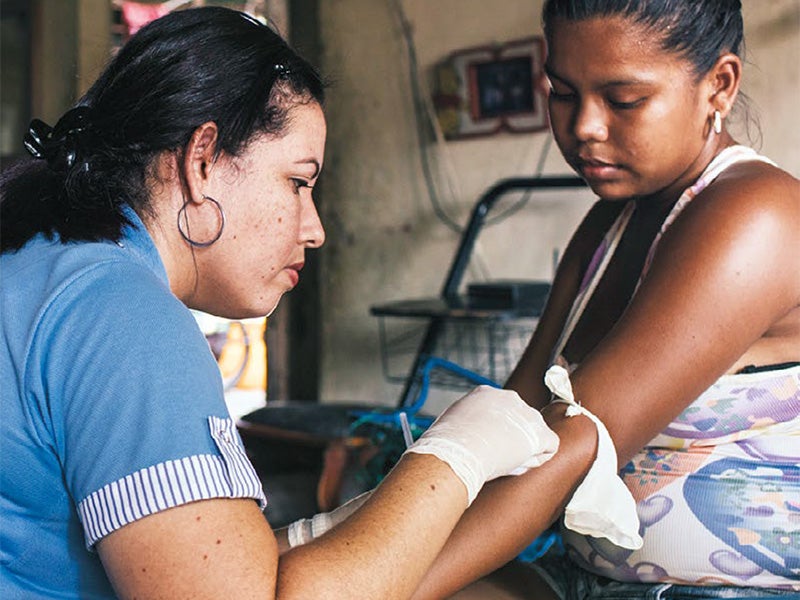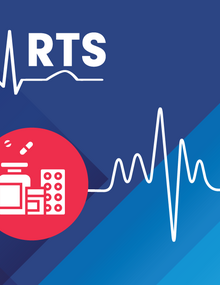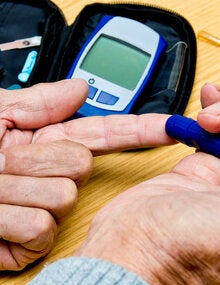SHAA2030 - Goal 9
Sustainable Health Agenda for the Americas 2018-2030

Goal 9: Noncommunicable Diseases
Reduce morbidity, disabilities and mortality from noncommunicable diseases, injuries, violence and mental health disorders.

SCOPE
This goal aims to reduce the burden of noncommunicable diseases, including cardiovascular diseases, cancer, chronic respiratory diseases, diabetes, and mental health disorders, as well as disability, violence, and injuries. This can be achieved through health promotion and risk reduction, and the prevention, treatment, and monitoring of noncommunicable diseases and their risk factors with emphasis on the following:
- cardiovascular diseases, cancer, diabetes, chronic obstructive pulmonary disease, and chronic kidney disease;
- tobacco consumption, alcohol abuse, unhealthy diet, salt consumption, physical inactivity, and obesity;
- disabilities and rehabilitation;
- injuries caused by traffic accidents;
- violence, with emphasis on violence against girls, women, and older persons;
- mental health disorders and the use of psychoactive substances;
- suicide;
- malnutrition;
- promotion of health and well-being throughout the life course to prevent diseases and reduce mortality, disability, and morbidity;
- illness and deaths caused by environmental exposures, particularly exposure to air pollution.
TARGETS FOR 2030
- Reduce premature mortality from noncommunicable diseases(1) by one-third through prevention and treatment, and promote mental health and well-being (SDG target 3.4).
- Apply the WHO Framework Convention on Tobacco Control (FCTC) according to the national context (adapted from SDG target 3.a).
- Ensure access to comprehensive habilitation/rehabilitation services, including access to assistive technologies and support services for all those in need, and promote implementation of the community-based rehabilitation strategy,(2) among others (adapted from the PAHO Plan of Action on Disability and Rehabilitation, document CD53/7, Rev. 1 [2014]).
- Contribute to the significant reduction of violence and its impact on health, in collaboration with other government and nongovernmental actors (adapted from SDG targets 16.1, 3.6 and 5.2).
- Reduce by half the number of deaths and injuries caused by road traffic accidents (adapted from SDG target 3.6).
- Increase universal access to mental health services, including the promotion of emotional well-being and its favorable conditions, prevention of psychosocial problems and mental disorders, and mental recovery in all stages of life, with a gender, intercultural, and community approach, through the integration of mental health care into primary care (adapted from the PAHO Plan of Action on Mental Health, document CD53/8, Rev. 1 [2014]).
- Contribute to ending all forms of malnutrition, including achieving by 2025 the internationally agreed targets on stunting and wasting in children under 5 years of age, and addressing the nutritional needs of adolescent girls, pregnant and lactating women, and older persons (adapted from SDG target 2.2).
- [1] Mainly for cardiovascular diseases, cancer, diabetes, or chronic respiratory diseases.
- [2] The CBR strategy offers a conceptual and operational model for coordinating the specialized resources of the various care levels and the organized community. It also facilitates ties and strengthens the main services, along with access to specific interventions. (CD53/7, Rev.1)









